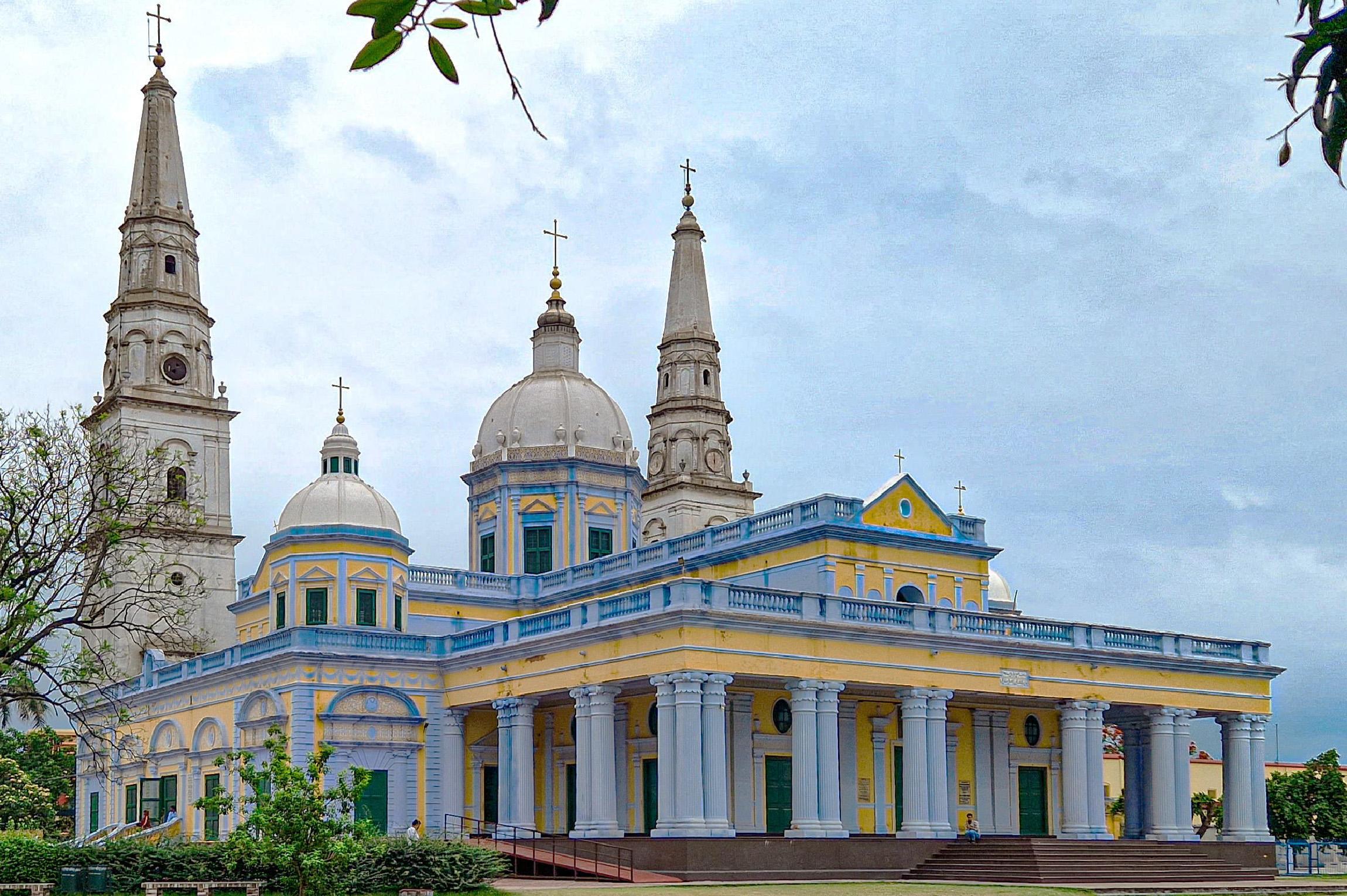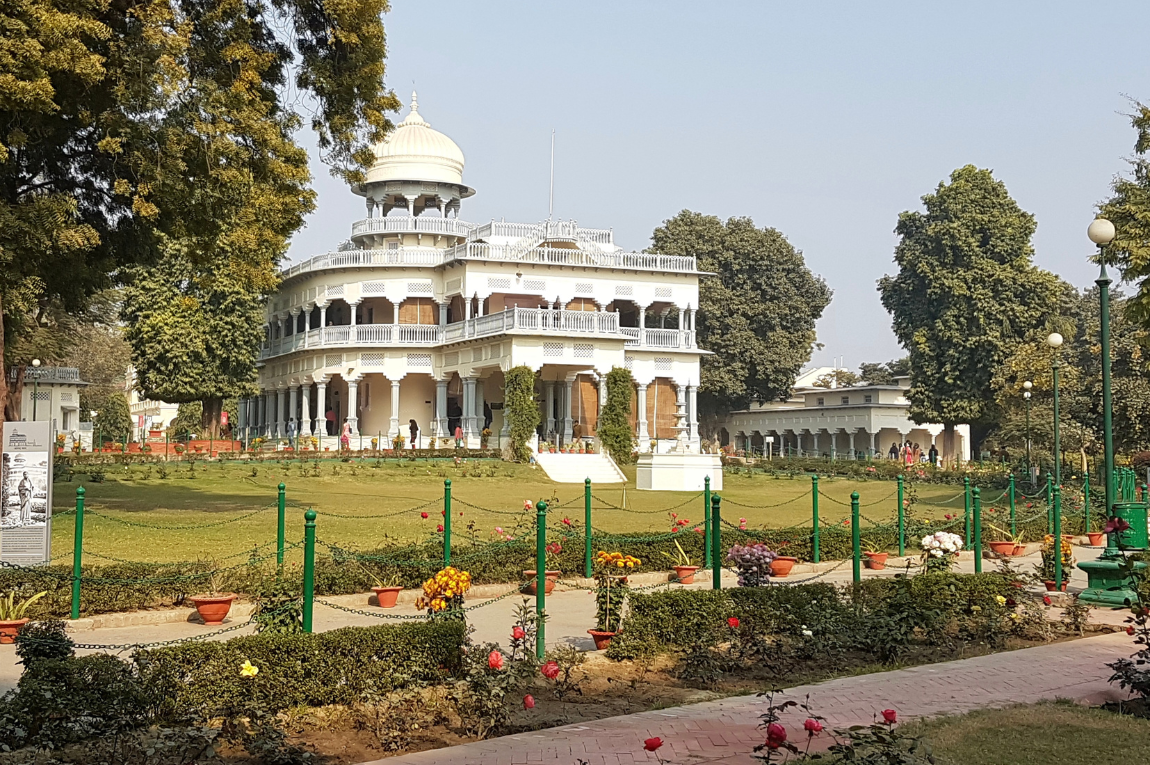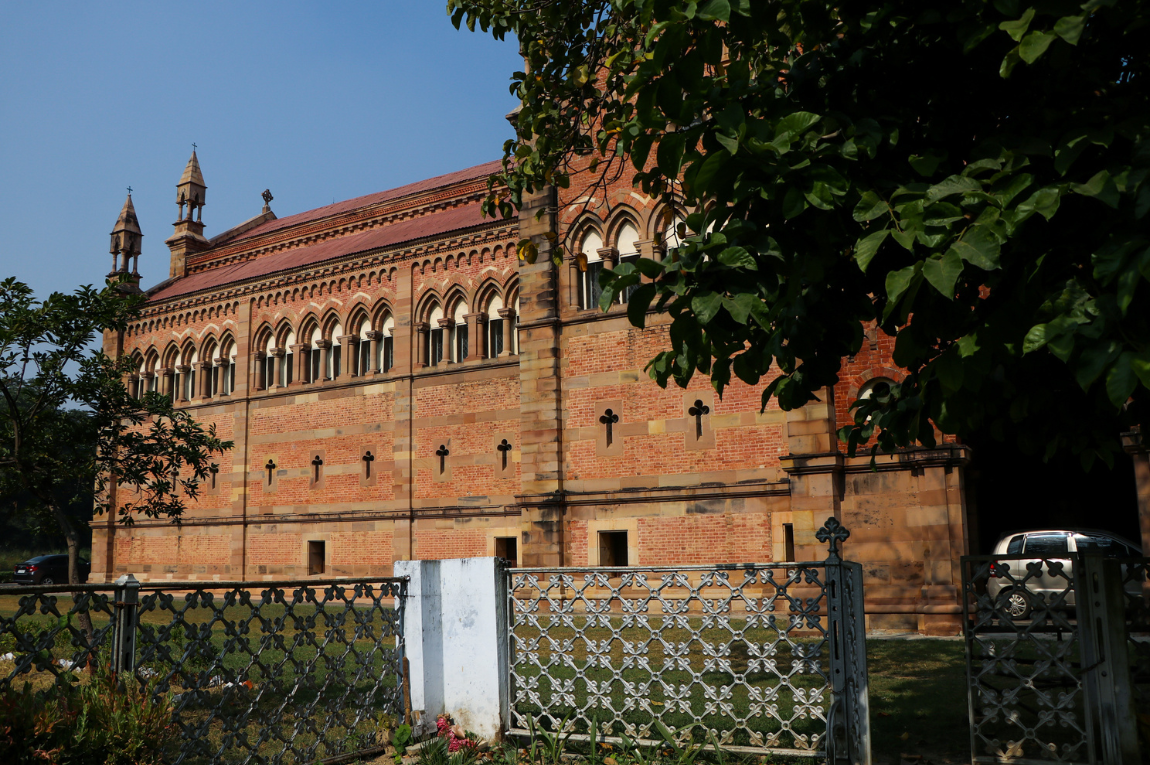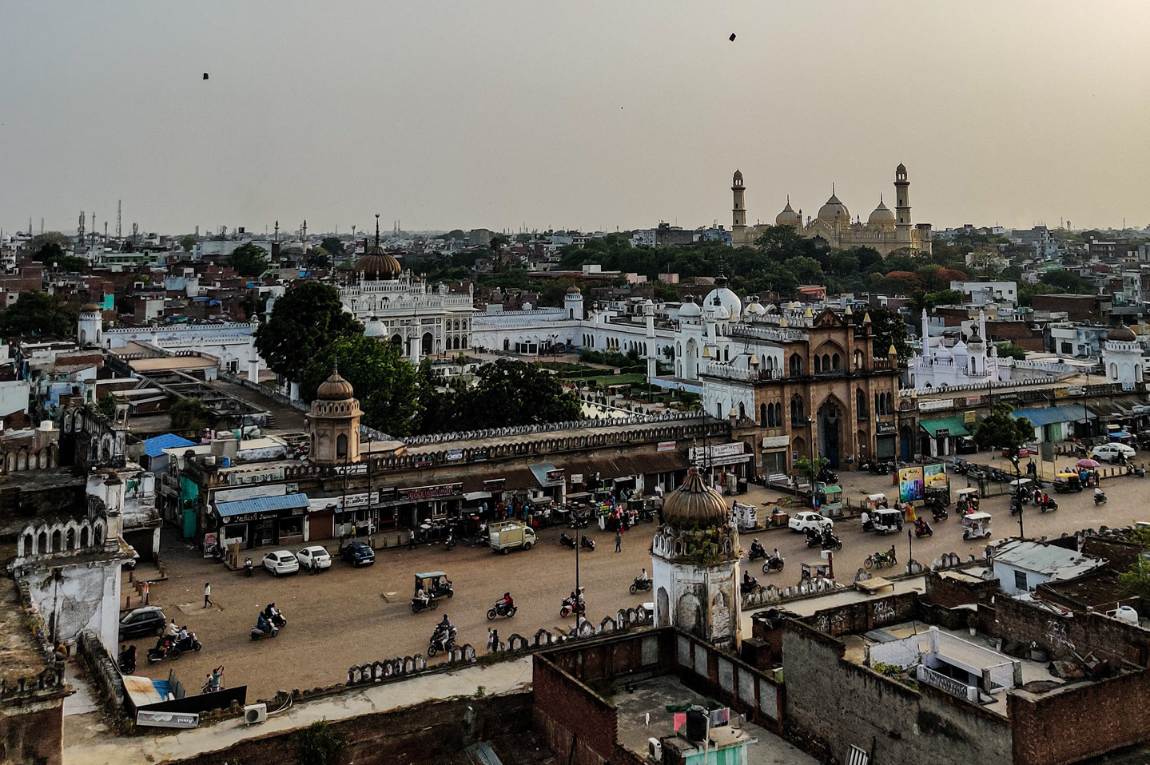My first glimpse of the grand church — the Basilica of Our Lady of Graces — nestled in the heart of North India in the small town of Sardhana, two hours from Delhi, immediately evokes a sense of awe and reverence. It is a stark reminder of the incredible power and vision held by Begum Samru, the dancer-turned-ruler of Sardhana. Built during one of the most tumultuous periods in Indian history — when the Mughal empire was headed to its decline — this magnificent structure still stands as part of Samru’s enduring legacy.
A Kashmiri Muslim by birth, the nautch girl Farzana married a European mercenary named Walter Reinhardt as a teenager. Begum Samru’s name, then, came from what is thought to be her husband’s nickname — Le Sombre, owing to his somber nature. The couple had earned the trust of the Mughals, because of Begum Samru’s remarkable diplomacy skills. Even after Reinhardt’s death in 1778, she commanded around 4,000 troops that she inherited from him. She often came to the rescue of Mughal leaders, prompting emperor Shah Alam to bestow her with the title Zeb-un-Nissa (ornament among women). The Mughals were part of Samru’s many alliances — her actions were a blend of her personal goals and strategic associations. For instance, in the Battle of Assaye, she fought with the Marathas against the British. Samru converted to Catholicism in 1781, and became the sole Catholic ruler from India. She inherited the jagir (land parcel) of Sardhana from Reinhardt, where she constructed the Basilica of Our Lady of Graces — a church dedicated to Virgin Mary — in 1822.
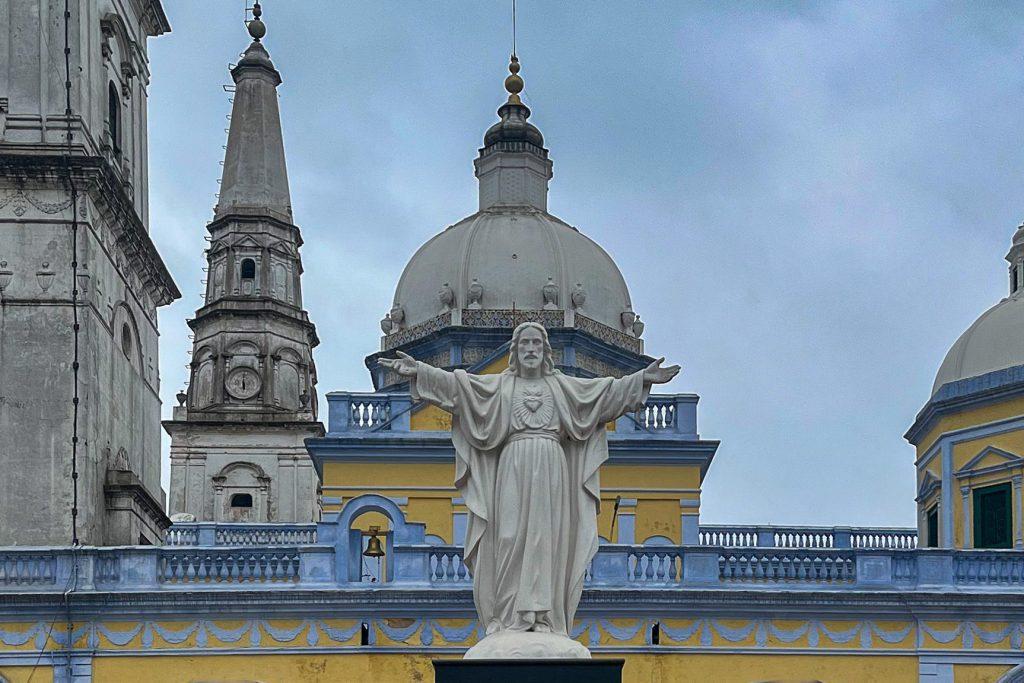
The basilica stands tall in Meerut district — it became the magnum opus of Samru’s estate. The church is one of the largest in north India, and is designed by Italian architect Antonio (or Anthony) Reghelini.
As I approach the magnificent structure, I walk by the marble statues that depict the crucifixion and resurrection of Christ. The sheer size of the building is awe-inspiring, but it’s the intricate details that truly captivate me. On the facade, Begum Samru’s dual identity is celebrated through Latin and Persian inscriptions on marble plaques — the Latin inscription acknowledges her as ‘Lady Joanna’, and the Persian version hails her as ‘Zeb-un-Nissa’, highlighting her unique position and influence. The basilica draws inspiration from St Peter’s Basilica in Rome — reflected in the 18 Doric columns that border the verandah — while incorporating distinct elements of Indian architecture.
Reghelini mainly drew from British architect James Gibbs’ neoclassical archetype of church architecture for spatial planning, but also ingeniously incorporated Islamic design elements, like the central dome that rests on an octagonal clerestory, a raised section of windows. Also sitting atop the basilica are two steeples — the one on the right once contained a clock which was never replaced after it wore out, and the other contains two bells.
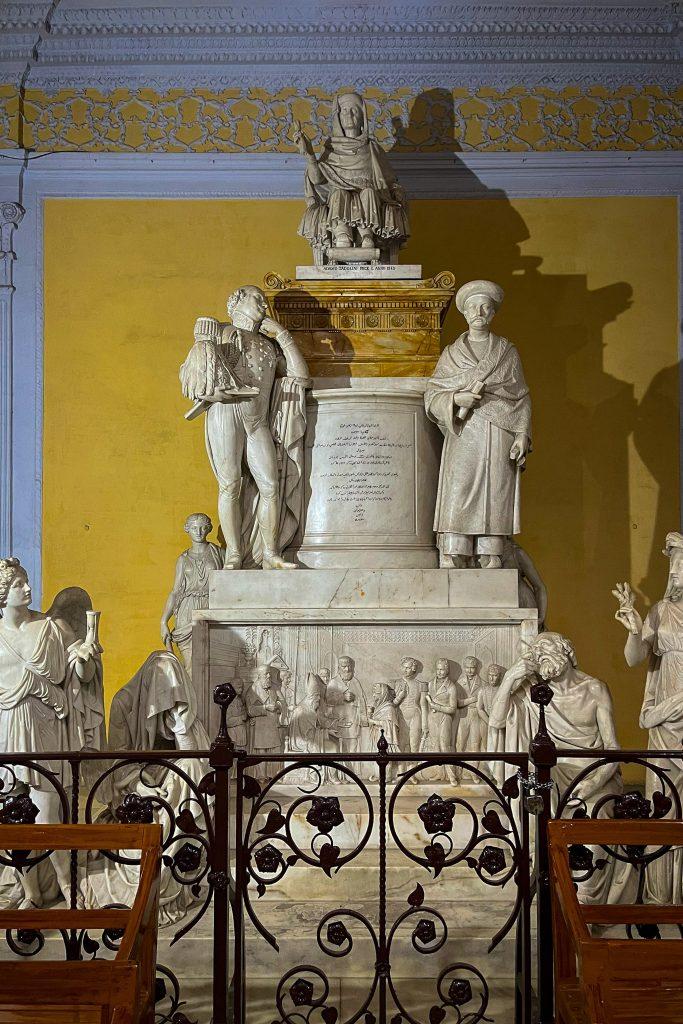
Inside, the base of the main altar features white marble from Jaipur adorned with the Italian craft of pietra dura, also known as parchin kari in Mughal India. These floral mosaics that flourished in the Mughal period are also found in the Taj Mahal.
The most remarkable part of the church, though, lies towards the left of the altar — the tomb of Begum Samru. Sculpted by the renowned Italian artist Adamo Tadolini, the tomb depicts the Begum seated on her throne — holding the farman (decree) that granted her the jagir of Sardhana — in the presence of court officials. This magnificent 18-feet-high edifice, made of Carrara marble, was commissioned to Tadolini in Rome, and was transported to Sardhana in 1848.
The basilica resonates with the Begum’s legacy of defying societal norms, and leaves an indelible mark on the landscape. Visiting it nudges me to contemplate her incredible journey, and shed light on lesser-known episodes from history.
Find your way to the Basilica of Our Lady of Graces in Sardhana, Uttar Pradesh via Google Maps here.
Our selection of stays across India, best visited for their design and style. Check in
Shah Umair is a numismatist and an enthusiast of historical monuments. As an expert in Delhi’s heritage, he organises and leads heritage walks in the city. He is on Instagram at @sikkawala.
